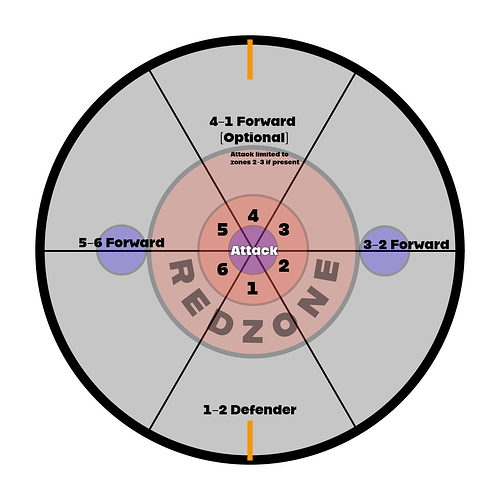What is Fireball?
Origins and Evolution
Kalutir Fireball, commonly known simply as Fireball, has its origins in the ancient volcanic rituals of the highland tribes of Krauanagaz. These early versions of the game were ceremonial competitions held to honor Kalutir, the Krauanagazan deity of fire, renewal, and transformation. The game symbolized humanity’s ability to harness and respect fire, a force of both creation and destruction.
Initially, the game was played with a ball made of tightly woven volcanic grasses soaked in resin, which was set alight to represent the volcanic heart of the land. Participants, often warriors or high-ranking ceremonial figures, competed during tribal festivals near the Luzayyagaz volcanic slopes. Over time, the game evolved from a ritualistic activity into a popular sport, with standardized rules and safety measures introduced to make it accessible to a wider audience.
Field and Gameplay
Modern Fireball is played on a circular field approximately 50 meters in diameter, surrounded by symbolic fire pits that remain lit throughout the game. The circular design reflects ancient notions of infinity and cyclical rebirth, while the fire pits serve as a nod to the sport’s volcanic origins.
- Game Duration: The game is divided into two halves, each lasting 25 minutes, with a 10-minute halftime break.
- Teams: Two teams of six players each compete to pass, kick, or throw the flaming ball into the opponent’s goal, which consists of a raised ring positioned on either side of the field protruding from the wall.
- The Ball: The modern Fireball is made of a heat-resistant composite material with a specially engineered fuel core that produces a controlled flame. The flame is designed to burn steadily without producing excessive smoke or heat, ensuring player safety and visibility.
- Player Gear: Players wear fire-resistant suits made from lightweight, heat-reflective materials. Helmets with flame-resistant visors protect their faces from heat and sparks, while gloves and boots are reinforced to withstand brief contact with the flaming ball.
Rules and Strategies
- Scoring:
- A successful goal through the opponent’s wall ring earns the team three points.
- Passing the ball around the circumference of the field without dropping it for a full cycle grants one point.
- Passing and Control:
- Players can kick, throw, or head the ball but cannot hold it for more than three to five seconds due to its heat. This encourages quick, strategic play, and teamwork.
- Defensive Tactics:
- Blocking the ball requires precise timing to avoid prolonged contact, which could damage even fire-resistant gear. Defenders often use their bodies to redirect the ball rather than attempt to catch it.
Safety Measures
- Ball Design: The ball’s flame is carefully controlled to minimize risk. The fuel core burns at a lower temperature than traditional flames, and the ball is designed to extinguish quickly if it leaves the field of play.
- Player Gear: The fire-resistant suits are rigorously tested to ensure they can withstand brief exposure to the ball’s flame. Helmets, gloves, and boots are designed to provide maximum protection without hindering movement.
- Medical Staff: Each match is attended by a team of medical professionals trained to handle burns and other injuries. Fire extinguishers and emergency response equipment are readily available on the sidelines, as mandated by law.
